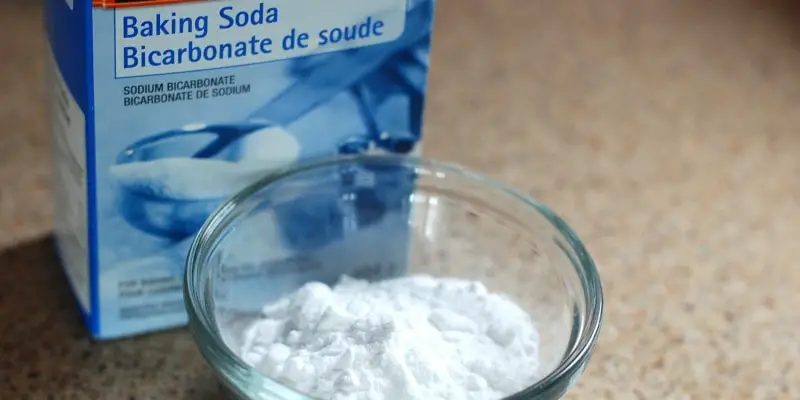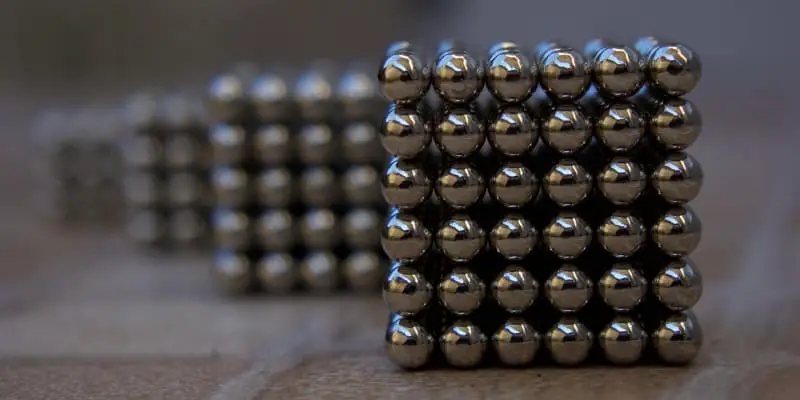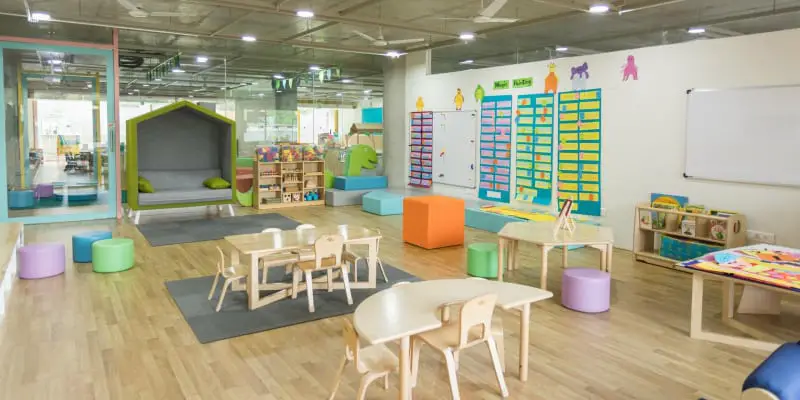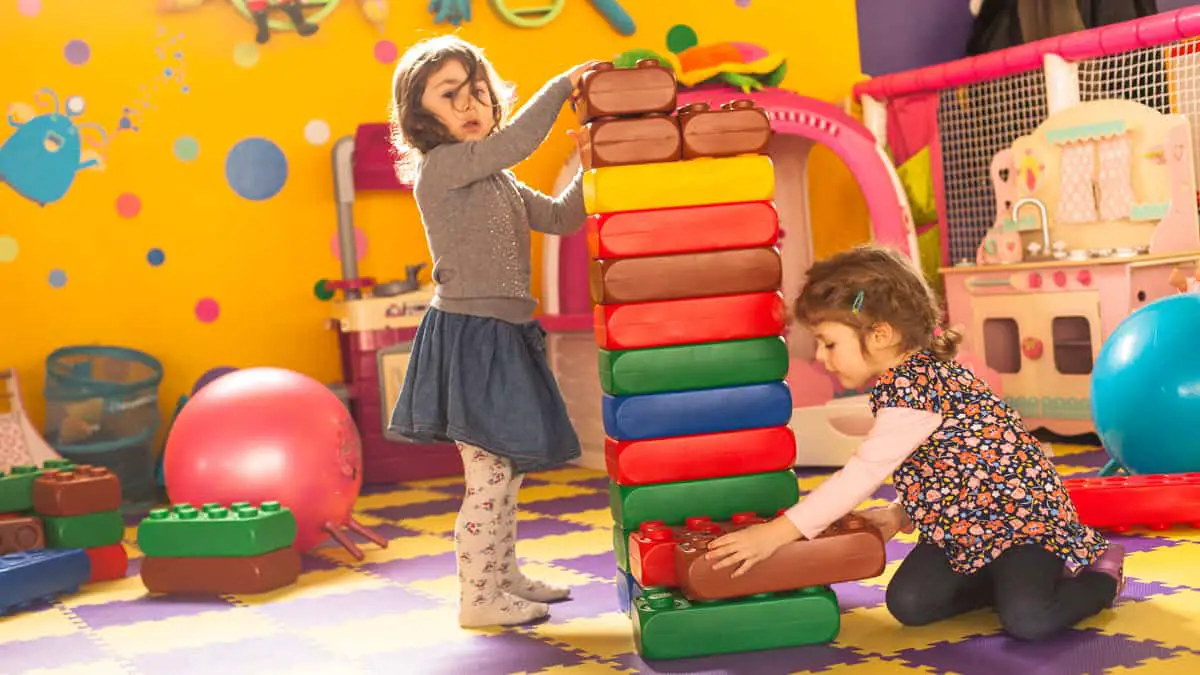STEM Projects for 4-Year-Olds – Exciting Projects for Preschoolers
Starting your child down a STEM path is easy to do because you can start as soon as they can talk. By the time your child is 4 years old, they have all of the necessary skills and thought processes to get excited about STEM. They want to feel smart and are full of questions.
They have both curiosity and a thirst to learn – and a world to explore. So here are some STEM projects for 4-year-olds!
Related post: Top 11 Best Educational Toys for 4-Year-Olds
Outdoor Identification
4-year-old kids love to go outside. They associate it with fun and running around, which makes it the ideal place to plan a project. You don’t have to know scientific names yet. Go outside and see if your child can identify the world around them.
Start with the easiest identification. Point out animals, plants, and minerals. This is one of the foundations of science classifications, and it is easy to understand.

Outdoor identification can be talking about different kinds of plants, like trees and flowers. Teach your child about what a shrub is, and how it is different compared to a tree. You can also start identifying different parts of plants, such as roots, trunks, stems, and leaves.
Probably more interesting to children is the number of animals outside. You can talk about the different kinds of animals outside, especially insects. Talk about how bugs are different than spiders. Point out the different forms of birds above you.
This is also something you can do anytime you are outside, no planning required. That will keep your child’s mind thinking about the world. You can also take your child to a zoo or Botanical Garden as they age.
The Water Cycle
The water cycle is another basic scientific principle that is easy to teach. You will need a few items for this one:
- Plastic bag with a seal at the top
- Sharpie or other permanent markers
- ¼ a cup of water
- Food coloring, with blue being preferred
- Tape that is glass friendly
Have your child help you fill the cup to the ¼ marker to start teaching how to measure.
- Draw a sun in one corner of the bag near the seal.
- Draw a cloud in the other corner at the top with the seal.
- Add four drops of the food coloring into the water.
- Pour the water into the plastic bag.
- Seal the bag shut, and check that it is fully sealed so the water does not spill.
- Tap the bag to a window, adding the tape to the two top corners of the plastic bag.
As the day goes along, come back every now and then to look at the bag. At 4 years, your child will be able to see the water cycle in action as the sun will make the water evaporate and collect at the top. When the water is too heavy, it will “rain” down the side back to the bottom.
You can leave it up for a few days so that your child can observe the way the water moves around the bag.
The Vinegar Rainbow

Children love rainbows, and they are a great way of teaching your preschooler about science and art. This project lets you create a rainbow on a plate so you can see both the chemical reaction and name the colors when it is done.
You need the following to complete this project:
- A paper plate
- Baking soda
- ¼ cup of vinegar
- Food coloring (it is best to have three or four)
- Pipettes
Once all of the supplies are in one place, you can get started. You may want to put a towel under the plate before you begin.
- Sprinkle the baking soda on the paper plate. Try to make it about ¼” thick.
- Let your child add about 10 drops of food coloring color on the baking soda. It would be best to do it in the order that colors appear in rainbows: red, orange, yellow, green, blue, and purple
Remember, you don’t need all of the colors. When they mix, several of these colors will be created by the reaction.
- Use the pipette to draw the vinegar.
- Help your kid squeeze a little bit of vinegar over the food coloring and baking soda on the plate.
- Ask your child to describe the reaction.
Kids will be pleasantly surprised as the vinegar and baking soda start to fizz and bubble. The food coloring will make it a very pretty rainbow on the plate. Let them finish adding the vinegar over the coloring. They can also experiment with adding vinegar over the uncolored baking soda. This will provide a great comparison because it is harder to see the chemical reaction.
Children won’t be able to understand the technical terms, but you can explain that they are creating a gas. Compare it to burning wood, which also creates the same gas, carbon dioxide.
Magical Magnets!

This is an easy experiment that your child will probably want to do even after you finish the experiment. You are going to show them how magnets attracted different metals, even through plastic.
You may need to go out to get a few of the items you need:
- Cut up pipe cleaners, about half an inch each
- A plastic cup, clear empty plastic box (you probably could get one of these with other arts and craft items), or a water bottle
- A popsicle stick
- A magnet (you can get these off the back of a refrigerator magnet)
- Glue
Before you can start the project, you will need to glue the magnet to the end of the popsicle stick. Let it dry for a day or two. A hot glue gun will work well, as well as super glue. Basic glue may also work, but it likely won’t hold up as long.
If you use a water bottle, let it dry before you start.
- Let your child add about two dozen cut up pipe cleaners into the plastic container.
- Show how the magnet draws some of the pipe cleaners to the side.
- Draw the pipe cleaners up the side of the plastic container.
Your child will likely return to this to see how easy it is to magically move the pipe cleaners.
Explain that the magnet can attract other types of metal items. You can demonstrate this by holding it up to the refrigerator, paper clips, or other small items that aren’t sharp. Let your child know that the pipe cleaners have metal in the middle, and that is why they move toward the magnet.
What Kinds of Questions Does Your 4-Year-Old Child Ask?

Nearly anything can be a STEM project. It may take a little time to research the best way to make projects safe for a young child, but it is always best to use the questions your child asks to figure out what your next project should be.







